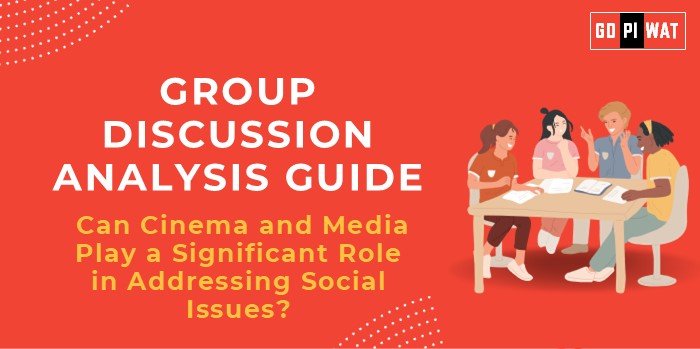🎥 Can Cinema and Media Play a Significant Role in Addressing Social Issues?
🌟 Introduction to the Topic
Cinema and media are powerful tools that shape public opinion, foster cultural understanding, and bring attention to pressing social issues. Their wide reach makes them pivotal in driving societal change.
Historically, films like Mother India or To Kill a Mockingbird and campaigns such as anti-smoking PSAs have addressed critical social themes. In the digital age, platforms like Netflix and YouTube enable the global dissemination of impactful content, empowering creators to influence societal norms and challenge inequities.
📊 Quick Facts and Key Statistics
- Global Cinema Revenue: 💰 $95 billion in 2023, showcasing its massive influence on audiences.
- Social Media Users Worldwide: 🌐 4.9 billion as of 2024, amplifying the reach of media campaigns.
- Influence on Behavior: ✨ 60% of youth take action after viewing socially conscious content.
- Box Office Impact: 🎟️ Films addressing social issues see 20-25% higher engagement due to word-of-mouth advocacy.
👥 Stakeholders and Their Roles
- Filmmakers and Studios: Create socially conscious films and invest in storytelling that provokes thought.
- Media Companies: Disseminate impactful campaigns and partner with NGOs for awareness.
- Government: Support cinema that highlights national issues through subsidies or tax exemptions.
- Civil Society Organizations: Collaborate with media to develop targeted campaigns.
- Audience: Act as consumers and catalysts for change through activism inspired by media content.
✅ Achievements and Challenges
🏆 Achievements:
- 🎬 Awareness: Films like The Great Indian Kitchen sparked conversations on gender equality.
- 🌍 Behavioral Change: Anti-smoking campaigns led to a 12% decrease in tobacco use globally.
- 📜 Policy Impact: Documentaries such as An Inconvenient Truth pushed climate change to global policy agendas.
- 📢 Inclusivity: Media platforms amplify voices from marginalized communities.
⚠️ Challenges:
- 🔒 Censorship and Control: Restrictions limit the scope of impactful narratives.
- 💸 Commercial Viability: Social-issue-centric films often face profitability concerns.
- ❌ Misinformation Risks: Media is sometimes misused to propagate biases or false narratives.
🌍 Global Comparisons:
- Hollywood: Films like Schindler’s List challenge historical injustices.
- South Korea: Dramas addressing mental health and education inspire policy reforms.
📝 Structured Arguments for Discussion
- Supporting Stance: “Cinema educates society, inspires change, and addresses critical issues like gender inequality and climate change.”
- Opposing Stance: “Commercial interests often overshadow the genuine intent of addressing social issues in cinema.”
- Balanced Perspective: “While cinema holds transformative potential, challenges like censorship and misinformation require careful navigation.”
🚀 Effective Discussion Approaches
- Quote-Based Opening: “As director Mira Nair said, ‘Film can reflect who we are and challenge who we want to be.’”
- Data-Driven Opening: “With over 4.9 billion social media users, the potential of media to drive societal change is undeniable.”
Counter-Argument Handling:
- Acknowledge limitations (e.g., censorship) but emphasize successes like behavioral change campaigns.
- Present global examples like The Social Dilemma, sparking digital detox movements.
📈 Strategic Analysis of Strengths and Weaknesses
- Strengths: Wide reach, emotional engagement, and global platforms.
- Weaknesses: Profit-driven industry, censorship challenges.
- Opportunities: Partnerships with NGOs, leveraging digital media.
- Threats: Spread of misinformation and biases.
🎓 Connecting with B-School Applications
- Real-World Applications: Media strategies for corporate social responsibility (CSR) projects.
- Sample Interview Questions:
- “Discuss a film or campaign that influenced societal norms.”
- “How can B-school graduates leverage media for impactful campaigns?”
Insights for B-School Students: Explore partnerships with media for CSR. Use storytelling in leadership and marketing.


